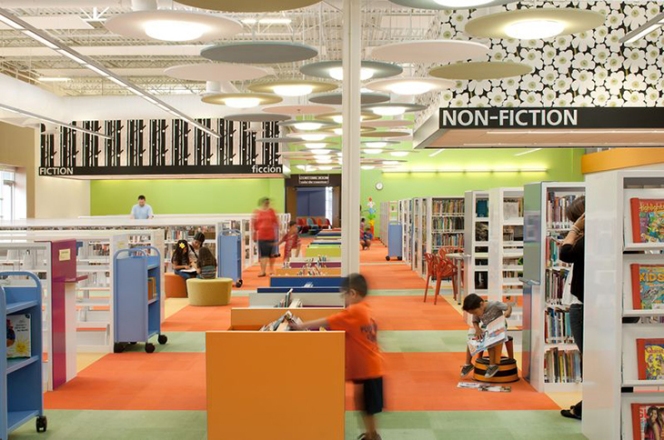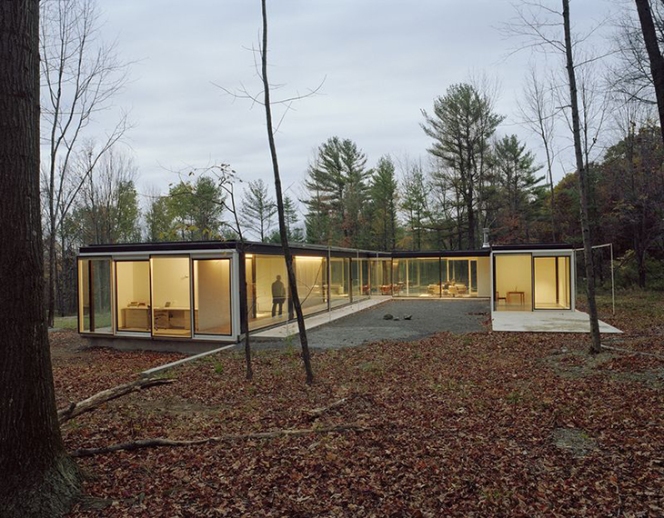Your Cart is Empty
Customer Testimonials
-
"Great customer service. The folks at Novedge were super helpful in navigating a somewhat complicated order including software upgrades and serial numbers in various stages of inactivity. They were friendly and helpful throughout the process.."
Ruben Ruckmark
"Quick & very helpful. We have been using Novedge for years and are very happy with their quick service when we need to make a purchase and excellent support resolving any issues."
Will Woodson
"Scott is the best. He reminds me about subscriptions dates, guides me in the correct direction for updates. He always responds promptly to me. He is literally the reason I continue to work with Novedge and will do so in the future."
Edward Mchugh
"Calvin Lok is “the man”. After my purchase of Sketchup 2021, he called me and provided step-by-step instructions to ease me through difficulties I was having with the setup of my new software."
Mike Borzage
How to succeed in Architecture: Photography + Architecture.
February 07, 2014 5 min read
We have seen them flirt for a while: what started as a casual relationship has become more and more a full fledged marriage. When two arts like Architecture and Photography get together, they are bound to have some amazing offspring.
THE EXPERTS
For our latest Google Hang Out On Air we invited three extraordinary professionals who helped us understand how crucial photography is to an architectural firm's success. Introducing our panelists:
Lara Swimmer has spent much time photographing numerous civic building projects as site documentarist. She works on assignments around the country, and has been published in, among others, Metropolis, Architectural Record, Wallpaper, the New York Times. Lara is an Honorary member of the AIA Seattle.
Ligeia Cholensky went to school to become an architect and ultimately chose a career as a graphic and signage designer within an architecture firm. An associate with MSR with more than 16 years of professional experience, Ligeia serves as the firm’s graphics manager.
Bilyana Dimitrova is the former photo editor of Metropolis magazine and the author of To Each His Home. She has received commissions as an architectural photographer since 2002 and her photography has been published in many books and magazines worldwide, including Architectural Record, Architectural Digest, Interni (Italy), New York Magazine, and The New York Times. Most recently Bilyana curated and participated in the exhibition Beyond The Assignment: Defining Photographs of Architecture and Design, in Los Angeles.
GETTING THE WHOLE PICTURE
Getting the whole picture is easy, make yourself a cup of tea or coffee and enjoy the recording of our Google Hang Out On Air. Or just read our recap below.
When do you need a professional photographer? How big does your firm need to be before you use one?
- The size of the firm does not necessarily matter. It's more about a question of your budget and expectations for each project.
Consider the things a professional photographer can do for you:
- Tell a story about your work ( a great image is worth a 1000 words).
- Deal with post production and composition and getting you all set up to be published.
- Provide a new set of eyes and help bring out the positive features of the project you already forgot about (because let's face it, by the end you probably are really over it).
Yes but…. At what point of the project do you need to bring in the pro?
Unless you are working on an historical or civic project and you need to document its progress, call a photographer when the building is finished and ready to be documented. Most commercial projects just need finish-photography once the job is completed .
In short: wait till the building is occupied, and then bring in the "big guns lenses".
Which takes us to the next issue….
Should the photographs include people or no people?
The answer to this question was an overwhelmingly unanimous: "People"!
Whether to animate the space and see how it is used, or to simply give the viewer a sense of scale, the human element seems to be fundamental in contemporary architectural photography.
During the show, Lara Swimmer talked about teaming up with Ligeia Cholensky from architecture firm Meyer, Sherer & Rockcastle (MS&R), to capture the photos above from the McAllen public library in Texas. The claim to fame for this library came from the fact that it used to be an abandoned Walmart. As reported in the media "The library is 124,500 square feet, making it the largest single-story location in the U.S. at a size about equal to 2.5 football fields."
This next question is clearly a non sequitur…..
What is considered a bad shot?
If you want to avoid a bad shot you have to pay good attention to:
- Lighting. Lighting is indeed critical, it could make or break the shot.
- Staging. Staging should be pursued at all time, so move the occasional trash cans out of the picture.
- Wide angle. Not necessarily always a good thing. Instead of showing the whole project, show a point of view. Use your sensibility, find a moment that speaks to the feel of the space.
- Attention to details. Do we need to say more?
Any other tips to make a good shot the best shot?
Weather and lighting are both fundamental to a good shot. And patience. Photographers spend a lot of time waiting for that ray of sun shining at the right angle through the right window. It all pays off in the end.
A great tip is to treat an architectural subject like a sculpture: take your time, walk around it, pick a different time of the day and wait for the sun to showcase it!
Binocular House by Michael Bell Architect. All photos: © Bilyana Dimitrova
These incredible images, and their sequence, give us an idea of Bilyana's typical day at work. Architectural photographers can spend up to 12 hours a day photographing the same place, chasing the ideal light, discovering the perfect angle, providing a point of view.
Do try this at home.
Is there an ideal number for shots, when displaying Residential Architecture?
As many as you can get. Sometimes styling can take away time but in this case more is more. Editors that are going to publish your work want to see as many pictures as possible. Pictures often are all the writers get when writing about an Architectural project on a blog or a magazine. In the end, you want to show a dynamic story, weeding out all the photos that don't fit into the narrative.
Where do Architects find a professional Photographer?
The first resource that comes to mind is the American Society of Media Photographers. Other places to find the right professional for you could be your favorite architecture and design news sites, which are starting to post sections and listings of photographers.
Bilyana Dimitrova curated the exhibition Beyond the Assignment: Defining Photographs of Architecture and Design and the accompanying catalog. In it she interviews and displays the work of all the photographers in the exhibition, including her own work and Lara Swimmer's. This is a great resource both for photographers that want to get into the field, and for architects or designers ready to find the right architectural photographer.
Our next Hangout will be about Women in Architecture, check out the details here.
And don't forget to take a look at more of Lara, Ligeia and Bilyana's work on their websites.
Related articles
Also in NOVEDGE Blog

Enhance Your Designs with VisualARQ 3: Effortless Geometry Extensions for Walls and Columns
April 30, 2025 8 min read
Read More
MecSoft Unveils RhinoCAM 2025 and VisualCAD/CAM 2025 with Enhanced Features
March 08, 2025 5 min read
Read MoreSubscribe
Sign up to get the latest on sales, new releases and more …










